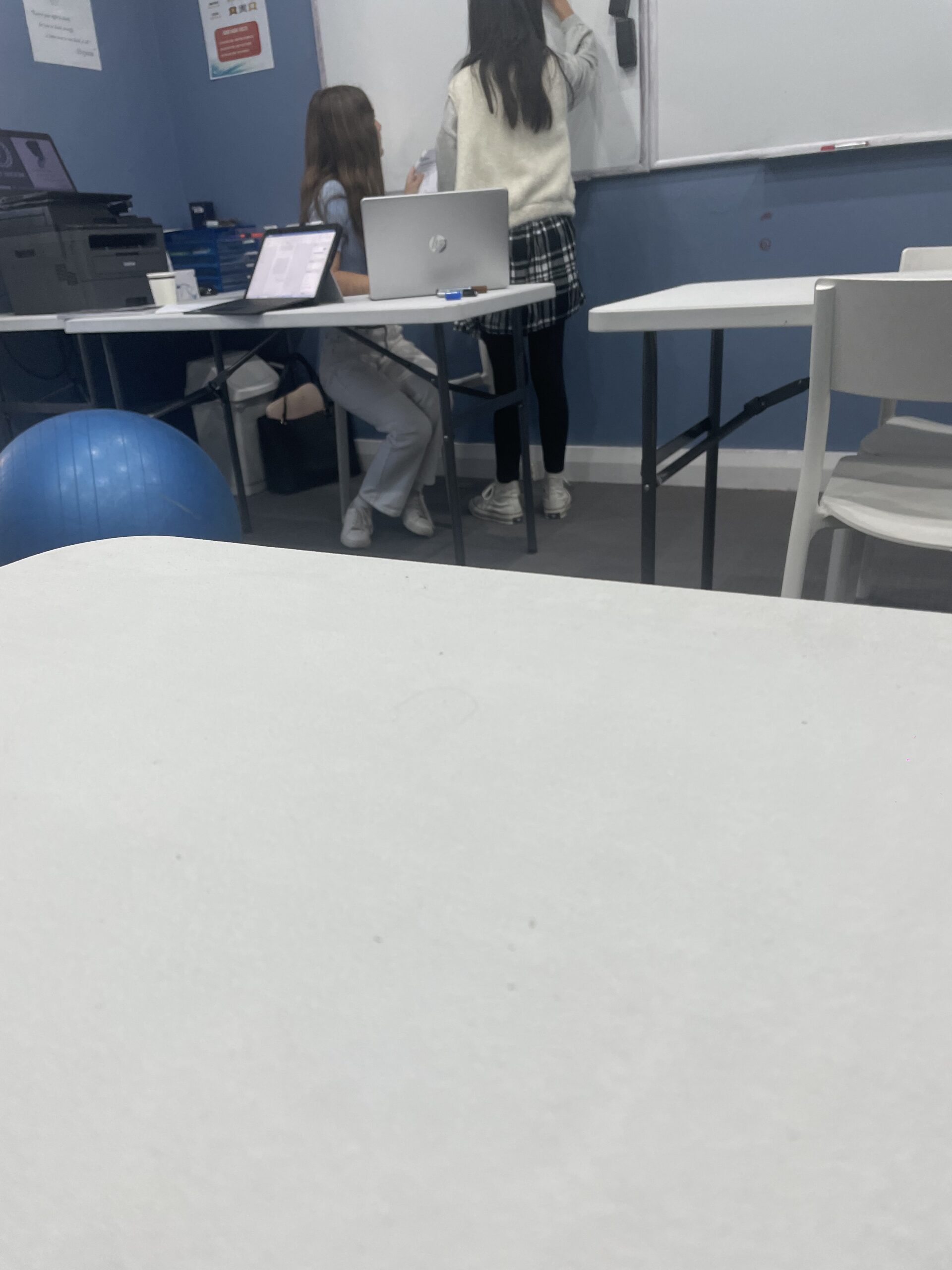
I had the opportunity to observe Olivia’s Math session. Typically, I don’t tutor primary school students, so this was a valuable opportunity to learn how these sessions are structured and how young learners engage with the material.
During the session, Olivia focused on long multiplication with decimals. She encouraged the student to use a whiteboard for solving problems. This interactive approach was effective; I could see that the student was much more engaged and interested in the task at hand. Using the whiteboard allowed Olivia to monitor the student’s thought process closely. She provided real-time feedback and advice as the student worked through each step, which not only helped clarify any misunderstandings but also built the student’s confidence in her abilities.
After a bit of math, the session transitioned into English work. Olivia guided the student in her writing, offering constructive feedback on her work. She took the time to explain her own writing processes, emphasizing the strengths of the student’s work while gently pointing out areas for improvement. For instance, she suggested that the student “find a better way to write surprise” and offered insights on grammar, particularly regarding the correct use of tenses. Rather than simply correcting mistakes, Olivia encouraged the student to identify solutions independently, fostering critical thinking and problem-solving skills.
To keep the student engaged throughout the session, Olivia incorporated fun facts, such as “Caterpillars have 12 eyes!” This strategy seemed to capture the student’s attention and enthusiasm, especially considering the early 9 a.m. session on a Saturday morning.
Overall, Olivia’s approach demonstrated the importance of interaction, encouragement, and engagement in tutoring, making learning both effective and enjoyable. It was a pleasure to observe this session.
Tynan Philmara

